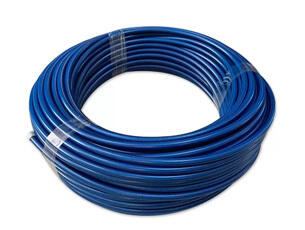
The high-pressure steel brake lines from the company are built to handle extreme hydraulic pressures in performance vehicles. Constructed from cold-drawn seamless steel tubing, these lines have a burst pressure exceeding 5000 PSI, making them suitable for high-horsepower cars, trucks, and commercial vehicles. The lines are formed using mandrel bending to maintain consistent inner diameter, preventing flow restrictions. They feature double-flared ends for leak-proof connections and are coated with E-coat or zinc plating for corrosion resistance. These lines are often used in heavy-duty applications, such as towing, off-roading, or modified brake systems with larger calipers. The high-pressure design ensures minimal pressure loss, delivering reliable braking even under demanding conditions.

Copyright © 2025 by HENGSHUI BRAKE HOSE MACHINERY CO.,LTD — Privacy Policy